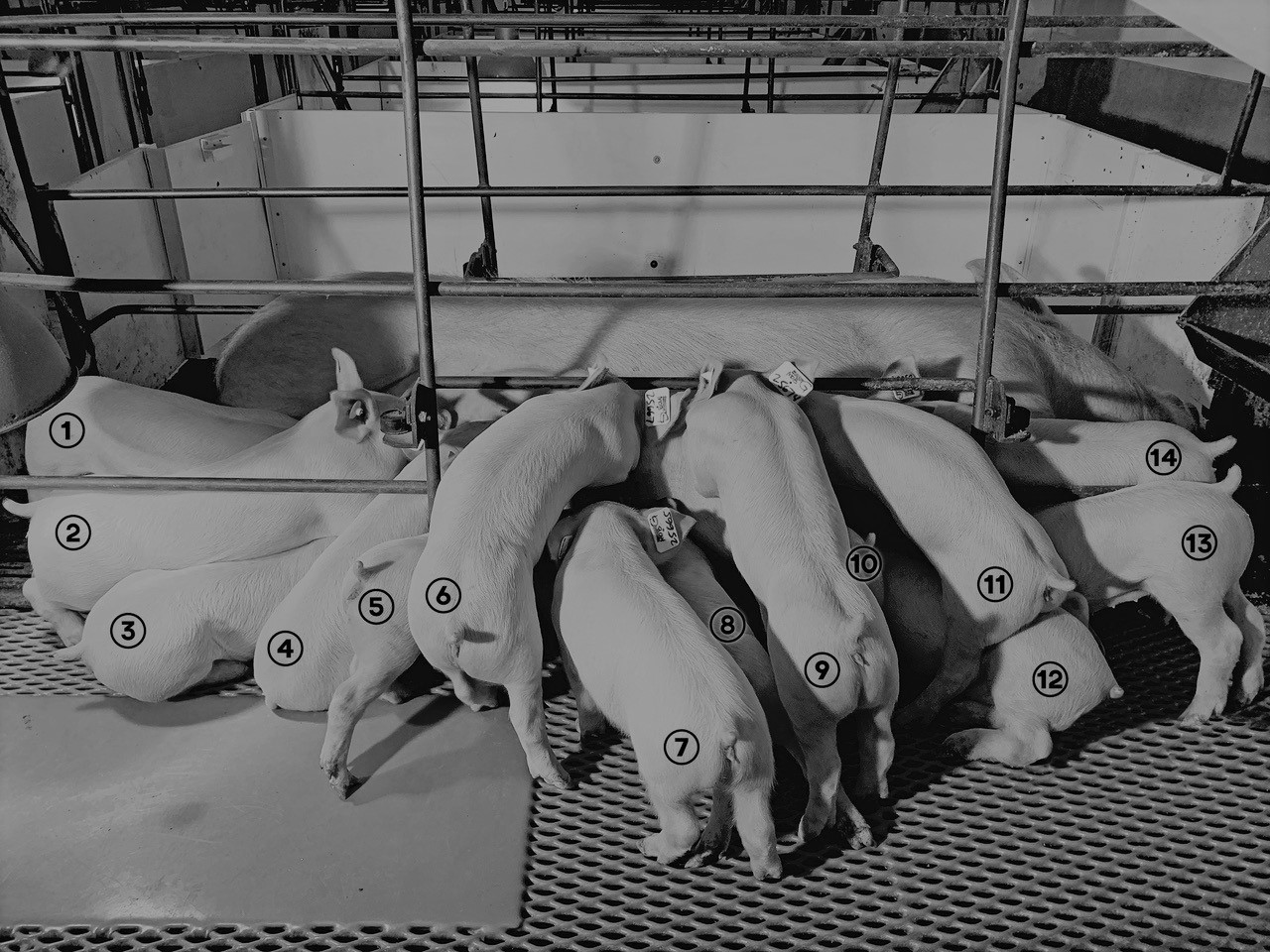

As a swine producer, you know that raising gilts and barrows comes with differences in production metrics, diet requirements, management practices, and welfare considerations. While current production practices limit the ability to adjust for these variances, advances in technology provide new opportunities—specifically, sex-sorted sperm and cryopreservation.

How does sex-sorted sperm work?
Sperm carry either the X or Y sexual chromosome, which determines the gender of the offspring. The sex-sorting process involves analyzing individual sperm and identifying the DNA content of each. Male sperm contains 3.7% less DNA than female sperm due to the difference in the X and Y chromosomes. The sorting process separates the sperm based on their DNA content, resulting in a semen dose containing more than 90% of the desired gender. This technology provides the flexibility to select either male or female offspring.
The benefits of sex-sorted semen for producers:
- Improved genetic selection: With sex-sorted semen, you can select offspring of the desired gender for genetic improvement, doubling the genetic gain in selection nucleus and double the offer in multiplication farms. At the end of the process, in a constant demand scenario, we may have half of the sows for selection as well, with the subsequent potential benefit of reducing your carbon footprint.
- Simplified production: Raising pigs of the same gender simplifies management practices, making it easier to balance growth rates, simplify diets, and increase uniformity at the slaughterhouse. This not only improves the value of your product but also facilitates work at all levels of the meat production chain for the final consumer.
- Elimination of castration: By using sex-sorted semen, the need to castrate barrows can be eliminated, resulting in not only a reduction in the time spent on castration but also addressing potential welfare concerns of consumers.


All female litter from a sorted dose.
How does cryopreserved sperm work?
After collection from boars, semen must be stored at a controlled temperature to maintain its viability. Cryopreservation involves freezing semen in specific media and controlled temperatures, allowing for the separation of the semen collection and artificial insemination processes. Fertility results obtained with frozen-thawed semen can be as good as those obtained with fresh semen, but insemination timing with respect to ovulation becomes more important, and semen should be used immediately after thawing.
The benefits of cryopreserved sperm for producers:
- Reduced wastage: Cryopreserved semen does not get “old” in cold storage, reducing wastage compared to fresh semen. This can result in substantial savings for your operation as more than 10% of fresh semen production worldwide goes to waste, which equates to 1.8 million fresh semen doses wasted in the USA and Canada every year.
- Disease prevention: With cryopreserved semen, there is time to check for diseases in the boar and react in case of a disease before the semen is used, reducing the risk of disease transmission through artificial insemination.
- Improved efficiency: Cryopreservation allows for the use of a single boar for up to three months, reducing the number of boars required and associated costs. This also allows for the transportation and use of semen from the best sires anywhere in the world, giving producers access to superior genetics and reducing the need for transportation of live animals. Additionally, the reduced need for semen transportation can decrease the carbon footprint of your operation.
Sex sorted sperm and cryopreservation have the potential to revolutionize the swine industry. While both technologies are not yet widely available to producers, they can and will provide significant benefits. Sex sorted sperm will enable producers to select the sex of the offspring they want, resulting in more efficient production and better economic outcomes. Cryopreservation, on the other hand, allows for improved efficiency, reduced costs, and access to the best sires anywhere in the world.
Combining both technologies would be a game changer in the swine industry, offering producers the ability to select the sex of their offspring while also reducing the number of boars required, decreasing transportation needs, and improving genetic diversity. While there are still technical limitations that need to be overcome, ongoing research is bringing us closer to making these technologies a reality. As owners of this knowledge, we have a responsibility to continue to work towards making these advancements available to producers and meet the growing demands of the industry.
Acuity and Fast genetics work with partners across North America and continue to expand into global systems. For more information on all the ways they build better outcomes, visit https://www.acuityswine.com/?p=642





